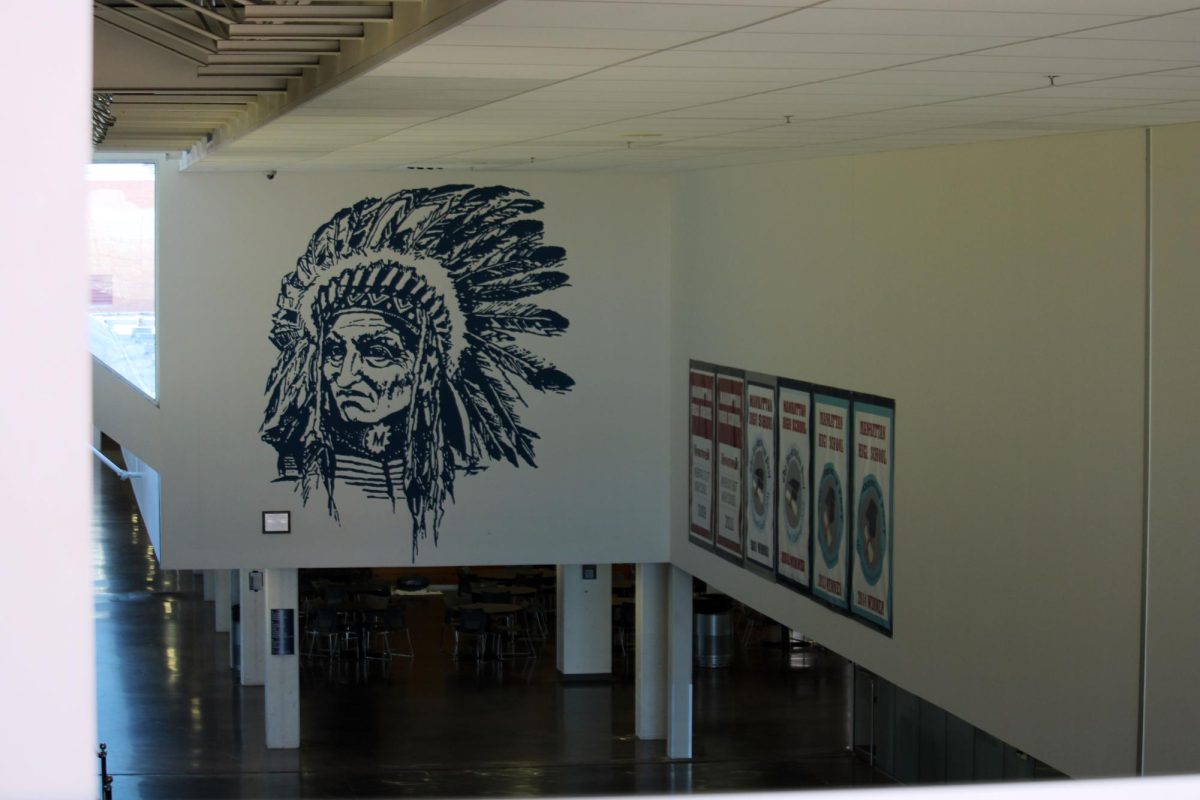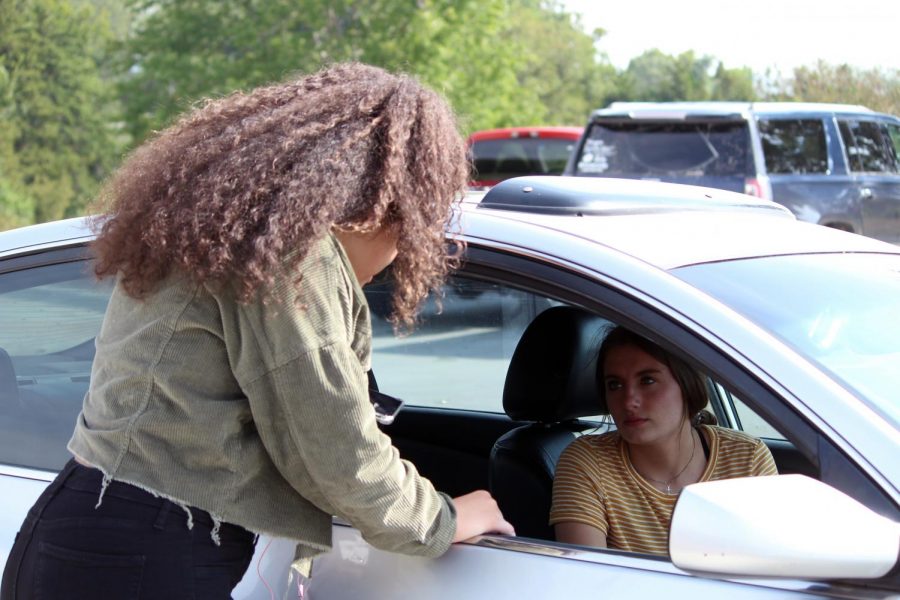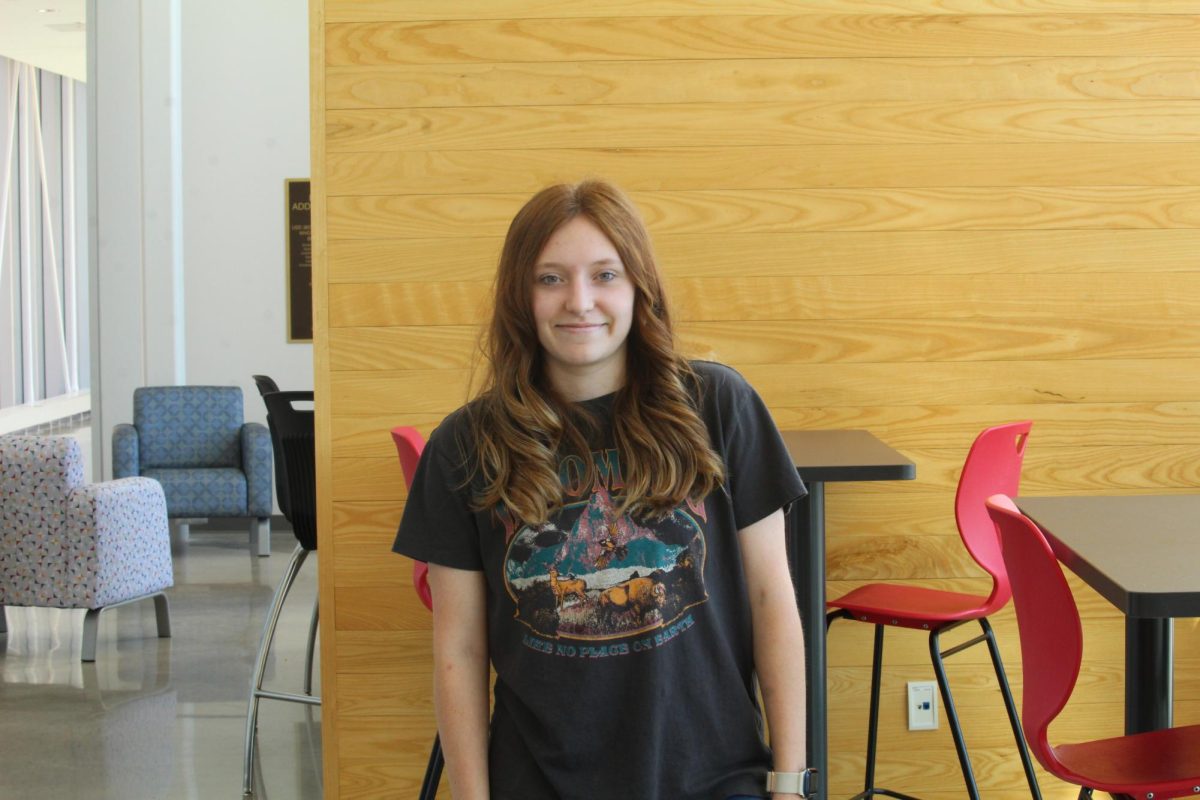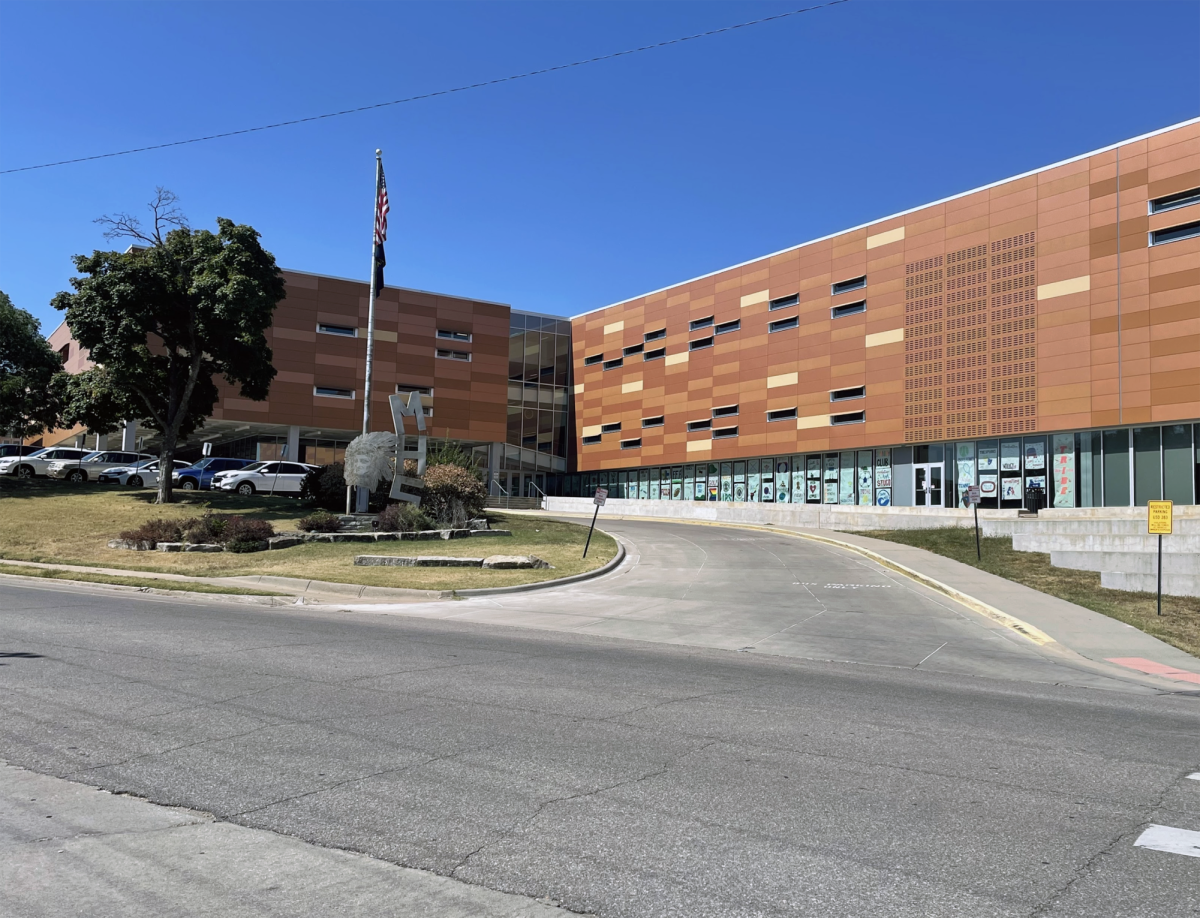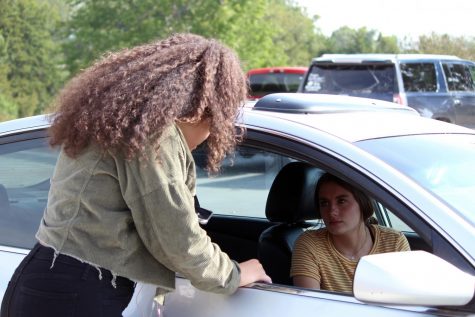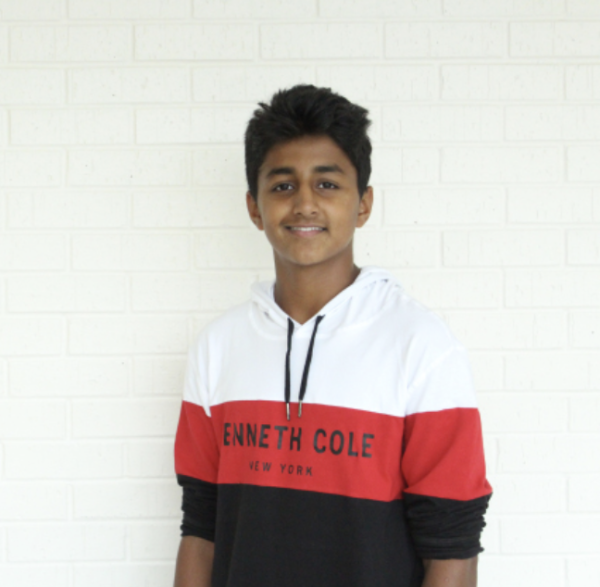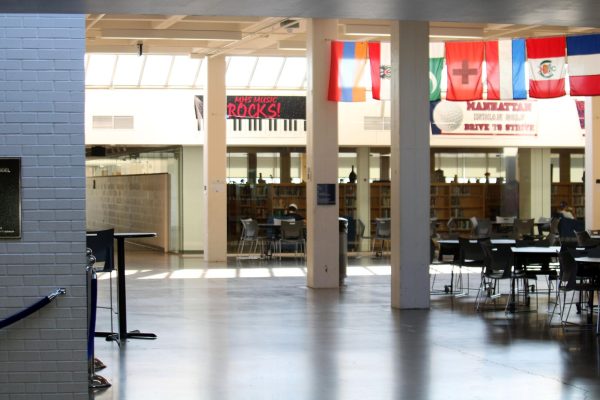Social Dilemma: impact of social media
October 8, 2020
We are not in control of our lives.
Instagram, Snapchat, Twitter, TikTok, Facebook, YouTube and Pinterest are all part of the system that keeps us glued to our devices. Each is meant to be a communication tool for us to share our lives and ideas with the world, especially our friends and family. Social media is meant to keep us connected with one another. Or so we think.
The hidden truth behind social media is explored in a documentary called “The Social Dilemma,” which was released on Netflix on Sept. 9. It was directed by Jeff Orlowski and produced by a group of former creators of these social media platforms, with the goal of exploiting the algorithm of social networking. In this article, the impact of social media will be investigated with the information shared through the film.
To understand the dangers of social media, we must first go behind the scenes. Each day, our interactions and reactions are tracked and predicted. The duration of time we spend looking at a post is measured. What we research is memorized. What we like or share is noted. With every second that passes, our individual algorithms are tweaked and improved. How we think and who we are can all be analyzed through our devices.
The makeup of social media on the surface may seem like it is geared toward creating your ideal feed. But in reality, according to the documentary, its goal is to keep you engaged on your phone for as long as possible — or buy your attention — and to create profit for their companies through personalized ads. We are no longer the customers, we are the product.
Due to this personalization and the ability to compare one another by the number of likes or followers we have, social media has become not just addictive, but also detrimental to our health. Those who have grown up with social media, or Generation Z, have higher rates of depression and suicide. In fact, according to the documentary, the number of United States hospital admissions for non-fatal self-harm in girls between ages 15 and 19 has increased by 62% since 2009 with suicide rates up by 70% compared to the last decade. Even more alarming, young girls between the ages of 10 and 14 — who already had low numbers to begin with — in the same studies have had an increase of 189% for self-harm and 151% for suicide.
Furthermore, social media is manipulative. Depending on where you live, your search engine will have a different predictive text. Depending on who you are, what you see on your device will more than likely be different than what your friend sees on their feed. As a result, you are not actually in control of what you see.
Moreover, disinformation makes companies more profit because it spreads faster than real news. Not only does this allow social media to fuel the fire between people’s dissimilar views, according to the documentary, it could also potentially allow one country to invade and manipulate another country without physically crossing borders.
However, at the end of the day, it’s not the technology that’s the threat, it’s what the technology can do to us to make us a threat to one another. Improving the algorithm will take longer and become less possible the more we avoid change, although it won’t happen overnight.
For now, you can start small by turning off notifications, leaving your phone in another room when you go to sleep and limiting your time on, or even deleting, social media. To avoid spreading false information, always remember to fact check, but also reflect on what you’re sharing to determine whether the information was geared toward you to push your buttons. In which case, it is more than likely fake news. If you want to go a step farther and change your algorithm, you can purposely follow people with opposing views and avoid clicking on recommendations.


